April 13, 2025 | 20:34 GMT +7
April 13, 2025 | 20:34 GMT +7
Hotline: 0913.378.918
April 13, 2025 | 20:34 GMT +7
Hotline: 0913.378.918

Passion fruit is one of 18 fruits in Vietnam, with an annual production exceeding 100,000 tons. Its total cultivation area is 9,500 hectares, and its output is 188,900 tons. Photo: VGP.
MARD has reported that the consumption market, particularly processed passion fruit for exports, has expanded since 2015. The average growth rate in the area between 2015 and 2022 was 31.1% per year, which is equivalent to 1,000 per year.
Passion fruit is one of 18 fruits in Vietnam, with an annual production exceeding 100,000 tons. Its total cultivation area is 9,500 hectares, and its output is 188,900 tons.
Passion fruit is currently cultivated on an area of up to 9,500 hectares, with a production of 188,900 tons. This places it among the 18 fruit varieties in Vietnam that produce over 100,000 tons annually.
Passion fruit (Passiflora edulis) is a member of the Passifloraceae family. It is a fruit that is abundant in antioxidants, minerals, vitamins, and fiber. The passion fruit tree was initially introduced to Vietnam during the French colonial period. Passion fruit cultivation was primarily concentrated in the provinces of Lam Dong and Dak Nong prior to 2015.
Vietnam is capable of manufacturing passion fruit throughout the year, in contrast to some of the world's largest producers of this fruit. The Central Highlands are the primary commercial production region for passion fruit, comprising more than 90% of the nation's total passion fruit cultivation area.
Approximately 8,200 hectares of passion fruit were cultivated in the Central Highlands in 2022. Currently, Gia Lai is the province with the largest passion fruit area, with a production of over 134,000 tons in 2022 and an area of over 4,263 hectares. It is also the location that attracts and concentrates the largest passion fruit seed production and processing enterprises in the country. The provinces of Dak Lak, Dak Nong, and Lam Dong are situated in the following order.
The Northern Midlands and Mountainous region is the second-largest passion fruit producing area, with over 1,000 hectares (over 11%), primarily concentrated in Son La province (Crop Production Department, 2023). The purple fruit variety from Taiwan (LPH04) is the primary variety of passion fruit, currently occupying more than 95% of the cultivation area.
Vietnam has emerged as one of the world's largest producers and exporters of passion fruit, placing it in the top 10 suppliers list, following countries such as Brazil, Colombia, Ecuador, and Peru. Vietnamese passion fruit has been officially exported to the Chinese market since July 2022, which has created substantial opportunities for production expansion. The MARD issued Directive No. 8084/CT-BNN-TT on the sustainable development of passion fruit production in the same year.
Thus, the passion fruit industry is not only crucial to Vietnam's agriculture but also presents numerous economic development opportunities through exports, thereby solidifying Vietnam's international market position. Nevertheless, to ensure the long-term preservation and growth of passion fruit, it is imperative to allocate additional resources and focus on the management of plant health and the response to parasites.
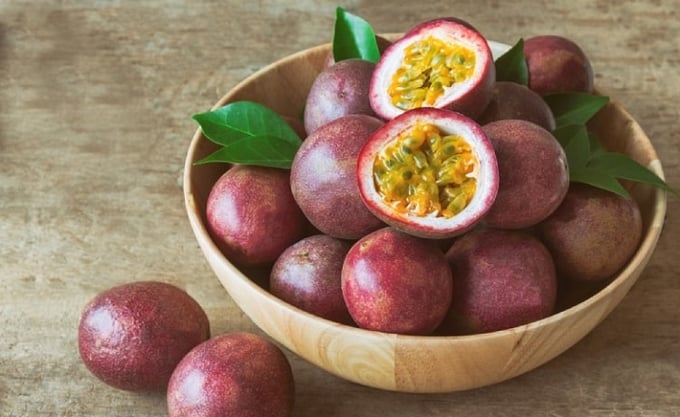
The production of passion fruit in Vietnam is also confronted with numerous obstacles as a result of disease and the constraints of cultivation techniques. Photo: Vnexpress.
Vietnamese passion fruit has a significant export potential, with 80% of the production being dedicated to the international market and a stable development in export turnover, as a result of the high demand for fresh whole fruit and ready-to-drink products in the foreign market in recent years.
The production of passion fruit in Vietnam is also confronted with numerous obstacles as a result of disease and the constraints of cultivation techniques. Furthermore, the market is subject to fluctuations as a result of the excess supply and the heavy reliance on exports.
Dr. Nguyen Thi Bich Ngoc, the Deputy Director of the Plant Protection Institute (Vietnam Academy of Agricultural Sciences), observed that certain localities, such as Gia Lai, Nghe An, and Dak Lak, have prioritized the selection and identification of exceptional passion fruit orchards.
The Department of Agriculture and Rural Development in Gia Lai province has acknowledged 14 exceptional passion fruit plantations. Additionally, the province has implemented an advanced disease-free three-tiered seedling production system in net houses, which produces millions of seedlings annually.
Nevertheless, viral diseases continue to be the primary factor influencing the sustainable production of passion fruit. The hard fruit virus has inflicted the most substantial injury on the production of passion fruit in Vietnam.
Dr. Ngoc recommends the use of seedlings that are grown in three-tiered net dwellings to combat viral diseases. It is imperative to conduct an annual pathogen inspection of mother plants. During the cultivation process, it is necessary to remove host plants of viruses and disease vectors, such as wild passiflora, gourds, cucumbers, bitter melons, chayote, eggplant, and peppers, from the intended passion fruit planting area. Additionally, weeds and plant residues should be removed. Before planting, it is recommended that soil pests, such as termites and nematodes, be treated with pesticides.
The damage caused by viral diseases on passion fruit is mitigated by the planting of new disease-free seedlings. Simultaneously, it is imperative to implement integrated management strategies to prevent the reinfection of viral diseases, minimize the sources of disease by ensuring field hygiene, detect and remove infected plants early, and manage disease vectors from the early planting stage. Dr. Ngoc stated that orchard management should encompass soil, irrigation, and fertilization strategies, in addition to the management of other parasites.
According to Professor Nguyen Hong Son, Director of the Vietnam Academy of Agricultural Sciences, the cultivation of passion fruit in Vietnam has been subject to continuous fluctuations as a result of market influences and maladies. It was anticipated that the passion fruit area in Vietnam would increase to 12,000 hectares by 2025, from its zenith of 8,000 hectares in 2017 to 2020. Nevertheless, the region is not presently expanding; rather, it is undergoing a decline as a result of market factors and diseases. For this reason, it is recognized as a critical phase to improve quality management throughout the value chain.
Translated by Linh Linh

(VAN) KOCHAM Deputy President expects that Vietnam would accelerate innovation and development of bird’s nest-based products as a representation of Vietnamese culture.
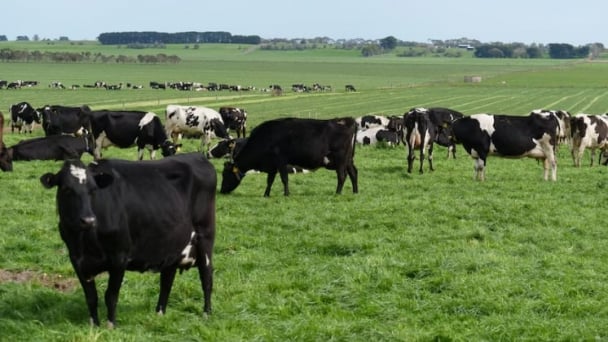
(VAN) Imported dairy products are weakening the local industry, according to dairy farmers and processors.
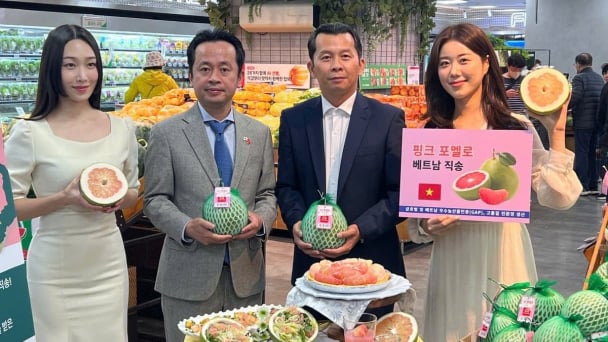
(VAN) April 10 marked a significant milestone for Vietnam's agricultural exports as Vietnamese pomelos officially became available at the Lotte Mart supermarket chain in South Korea.

(VAN) Vietnam is focusing on developing the legal framework and technical infrastructure for the carbon market, with committed support from global financial institutions.
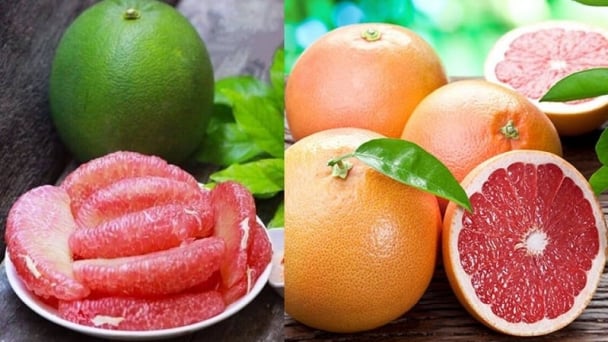
(VAN) The citrus fruits market in China is expected to slow down, but still show steady expansion, with volume reaching 56M tons and value reaching $71B by the end of 2035.
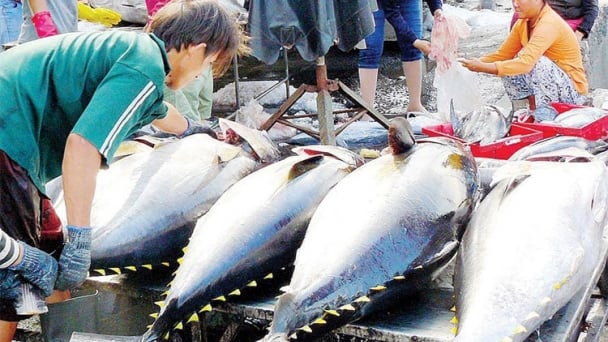
(VAN) The European Union issued a notice regarding the amendment of Annex III of Regulation (EC) No 853/2004 and aims to introduce new provisions in the fourth quarter of 2025.
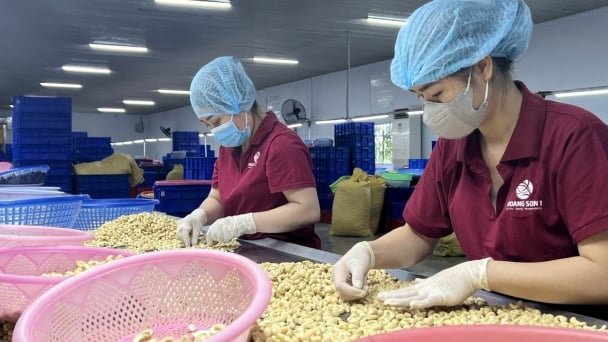
(VAN) Vietnam has great potential for exporting food to the global Halal market, but there is a need to build an ecosystem to develop this market.